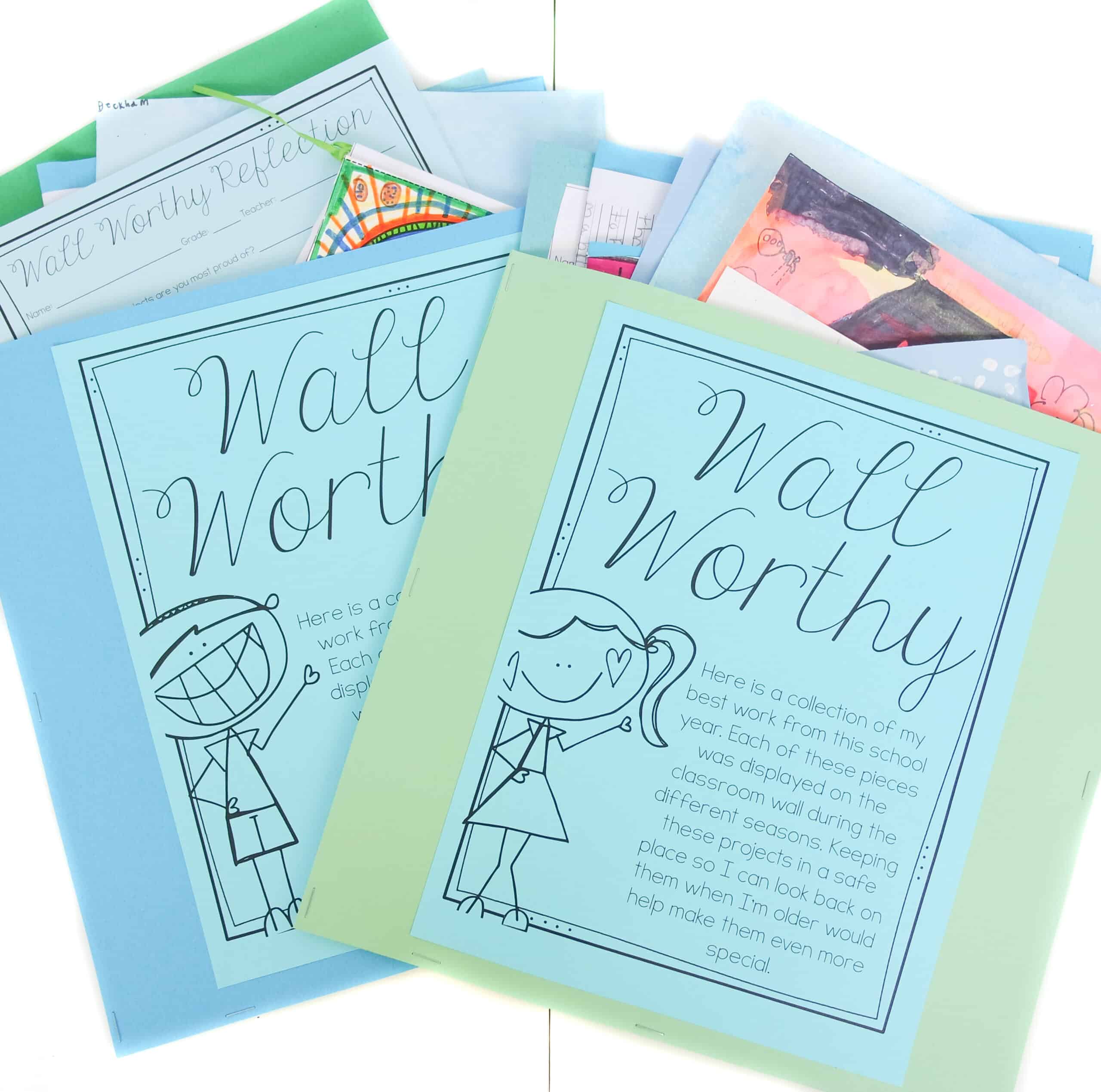
After a long school break, it is always important to revisit your classroom routines and expectations with students much like you did during the first weeks of school. Students benefit from reminders about the consistent focus you have on expectations for respect in your classroom. With the use of the R.E.S.P.E.C.T. Classroom Management System, I spend less time reteaching routines after a break.
Instead, we spend a quick one-hour session reviewing our guiding principle of respect, and get right back to learning. Here’s a peek at exactly how we make this happen after our long December break when we return to the classroom in January.
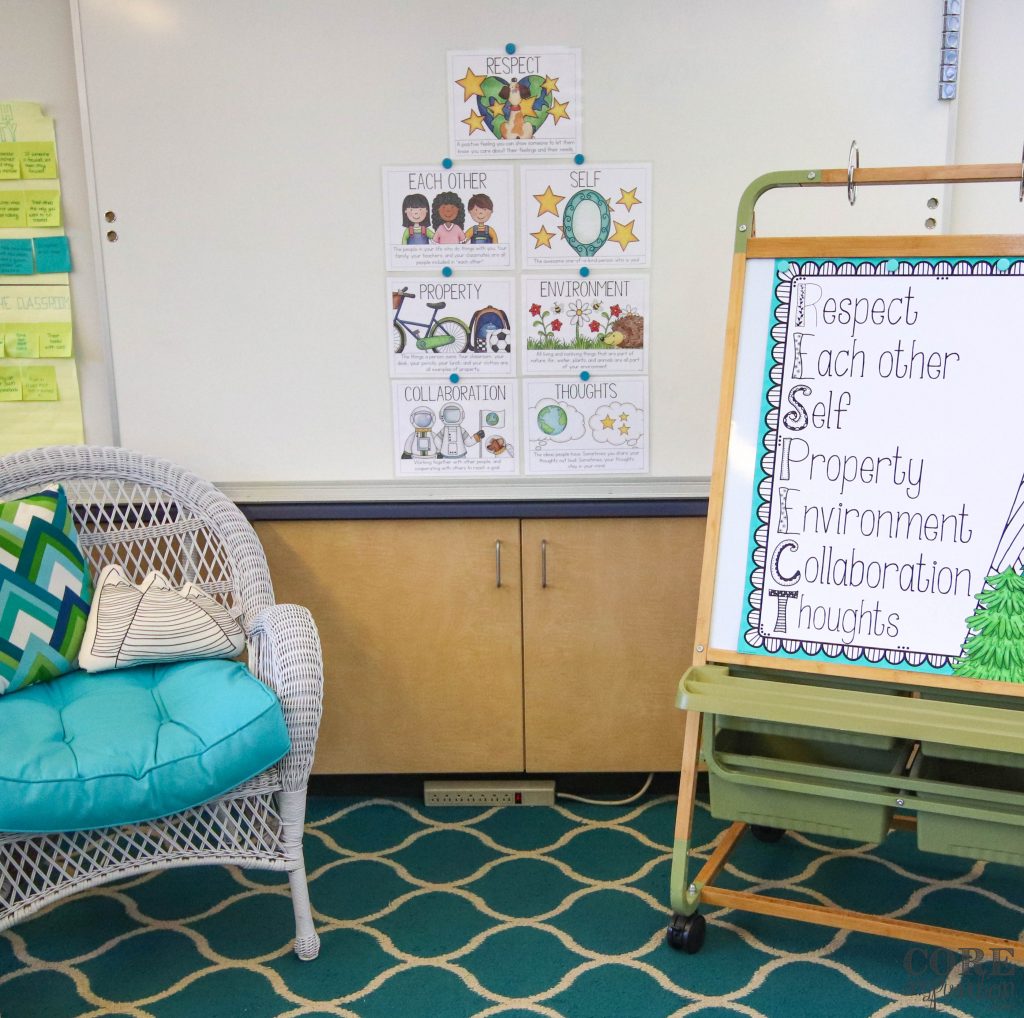
In the morning after students have completed their bellwork and we’ve had a morning meeting, we spend a hour revisiting R.E.S.P.E.C.T. We begin by meeting on the carpet where I ask my students the exact same question they were asked on the first day of the school year: “What are some words you hope to use to describe your classroom this year?” They silently brainstorm in their mind, and then head to their seat where a sticky note is waiting on their desk. As they write their ideas on paper, I am always impressed by how much their thinking has grown. Now that we’ve talked about respect for months, and they’ve seen it in action every day in the classroom, their ideas about the classroom of their dreams are more specific.
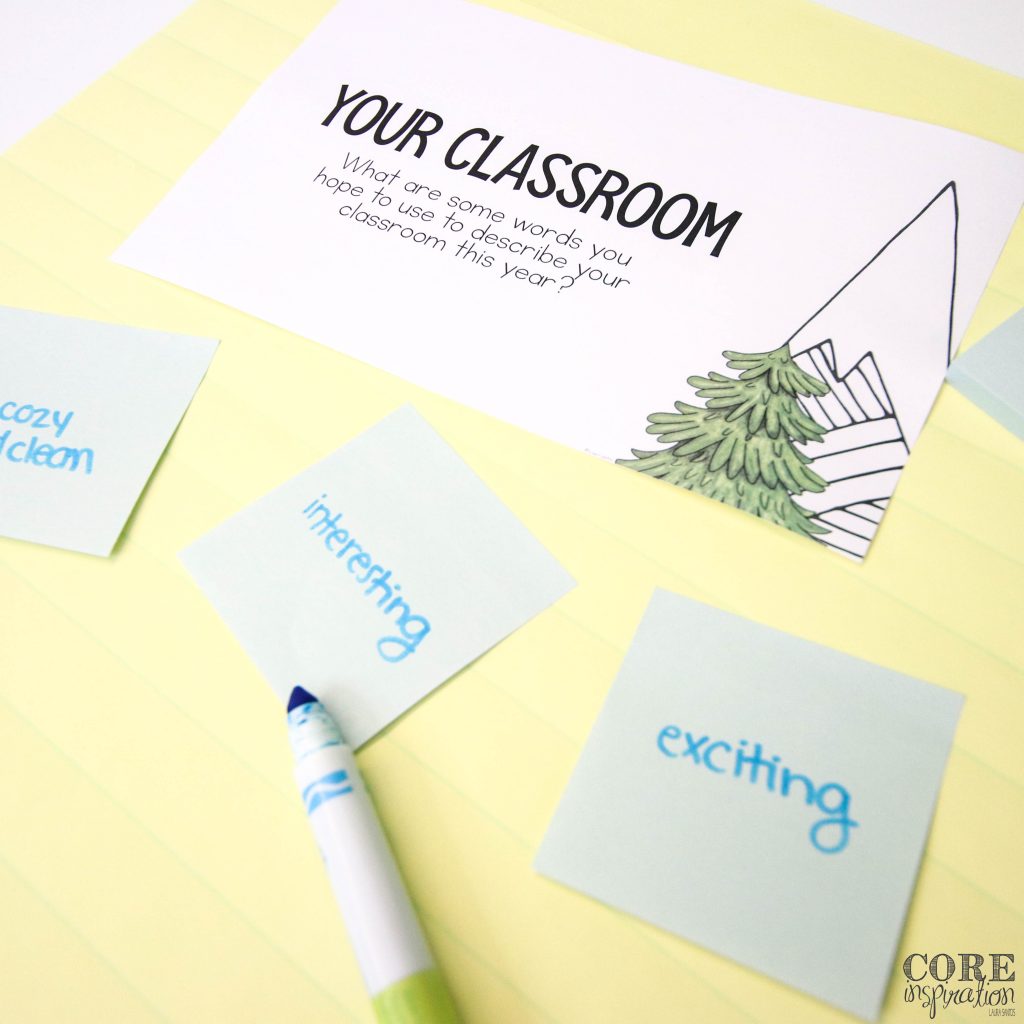
After students attach their sticky note brainstorm to our anchor chart, they read the ideas their classmates have written and head to their spot on the carpet for another brainstorm. This time, they think about the answer to the question, “What types of behaviors should we avoid to help create the classroom environment you want?” Once again, they think to themselves, head to their seat, write their idea on a sticky note, post it to our anchor chart, and meet back on the carpet.
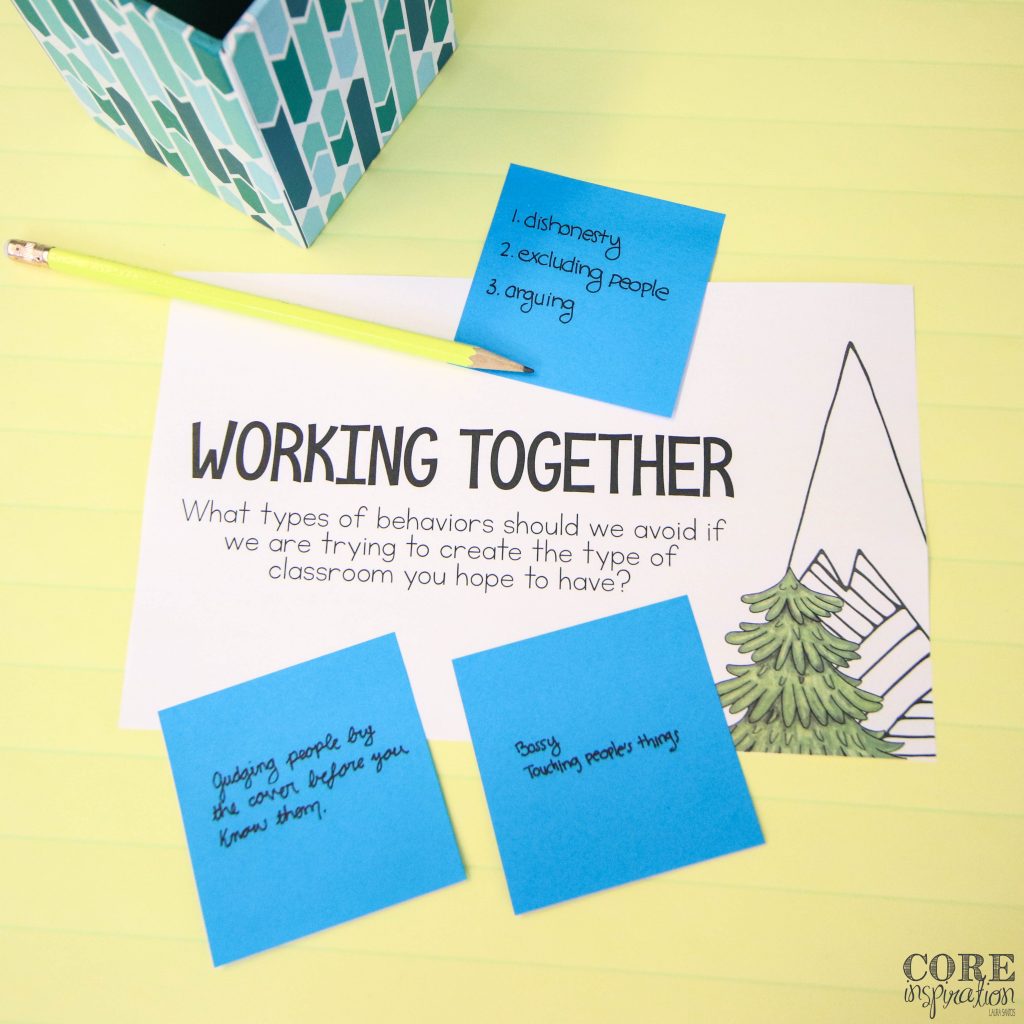
We take a moment to share our thoughts about the growth we’ve made since the beginning of the school year, and then jump into our work around the guiding principle of R.E.S.P.E.C.T.
The work students did at the beginning of the year when they first brainstormed what respect looks like, sounds like, and feels like has been taken down from the back wall, and tucked away so students aren’t tempted to read their original ideas. All the R.E.S.P.E.C.T. mini posters used on the second day of school are on display at the front of the room.
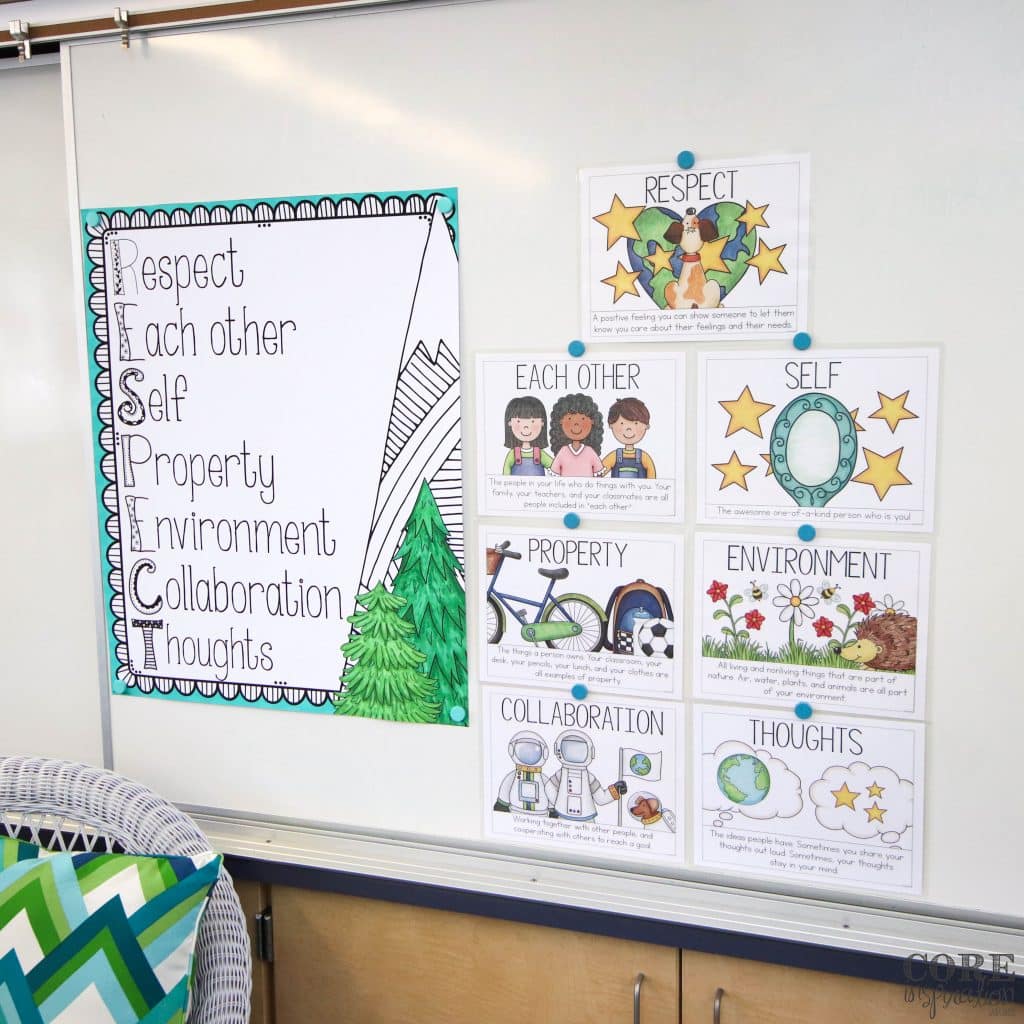
I reintroduce what each letter in the acronym R.E.S.P.E.C.T. stands for. After each word is introduced, students turn to their partner and share:
After this conversational brainstorm is complete, the mini posters are moved next to each blank brainstorm poster around the room, and students travel around to write one idea they shared during the brainstorm on each poster. By the end of this activity, our brainstorm posters have been transformed from blank white slates to pages filled with student ideas.
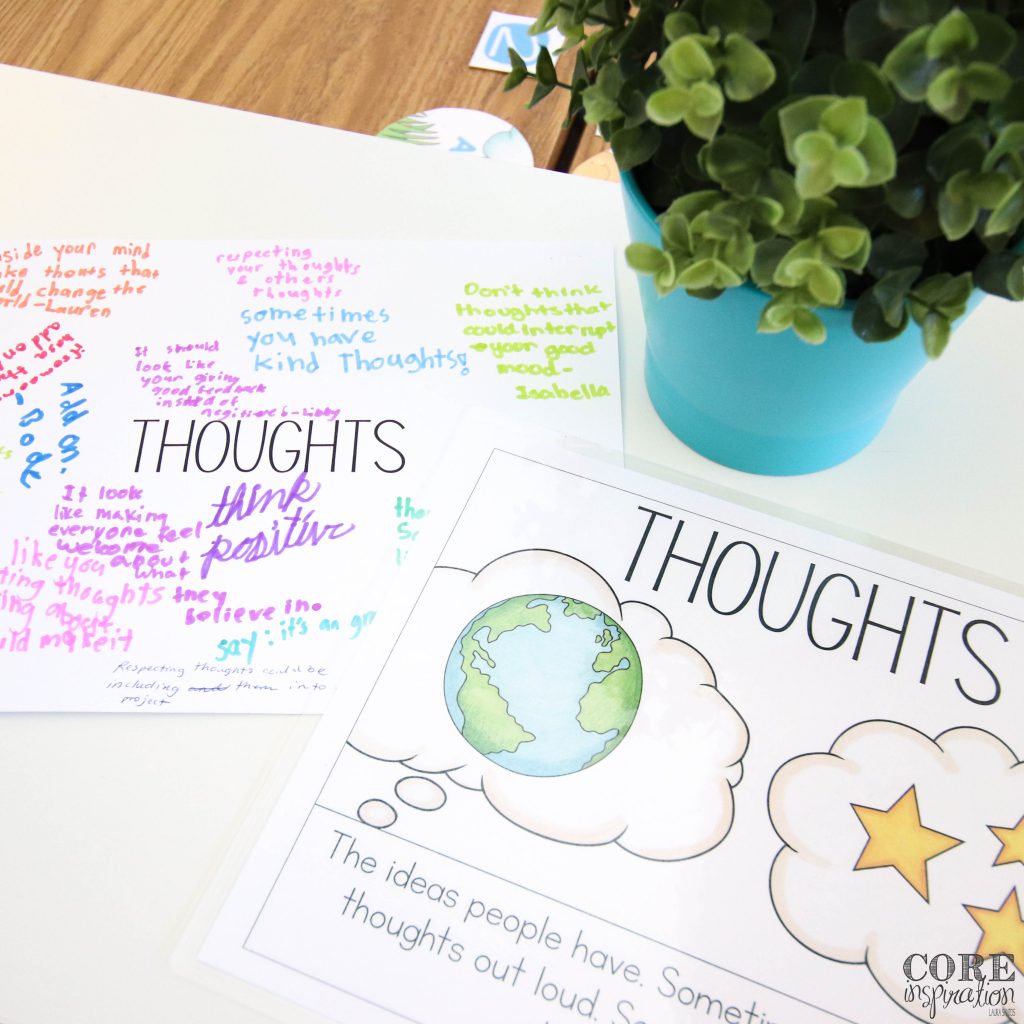
Only then do the brainstorm posters from the beginning of the year come out. We briefly compare the work from the second day of school to our current work. Students are always in awe of their growth, and seem to take real pride in the fact that they are growing into experts on respectful and responsible behavior. To emphasize the importance of their ideas, I hang the updated ideas on our back wall next to our large R.E.S.P.E.C.T. poster so they can guide our work each day.
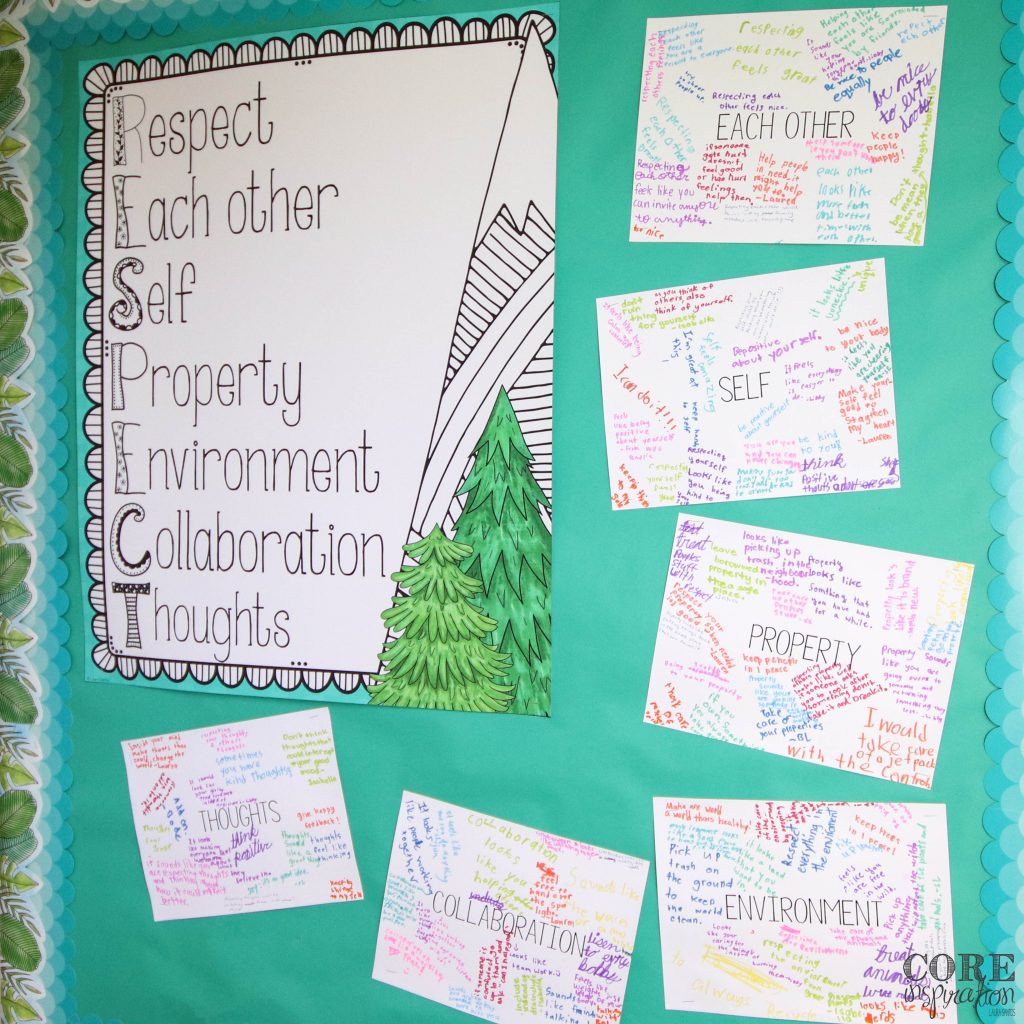
The longer I use this system, the less time I have to spend reteaching routines after a break. When you have a common language and a guiding principle to talk about, resetting after a long break is much easier.
Immediately refocusing on this principle when students return communicates that you value the same principle you’ve been focused on all year. It further communicates that you genuinely believe students are truly capable when it comes to setting high expectations for themselves and meeting them.
Did you give this routine a try in your own classroom after a break? Do you have another routine you like to complete with your students when they return to the classroom after being away? I’d love to hear from you in the comments below.

I’ve been an elementary teacher for ten years, and love sharing tips and resources that make differentiated learning more manageable for you. Thank you for visiting.
Learn More
Dropping by with weekly tips, classroom strategies, and free content created with you in mind.
Join me and other 2nd through 4th grade educators in the Teaching with Core Inspiration Facebook Group. This is a place to collaborate, ask questions, and learn how teachers like you are using Core Inspiration resources in their classrooms. Hope to see you there!
© 2024 Core Inspiration ∙ Website by KristenDoyle.co